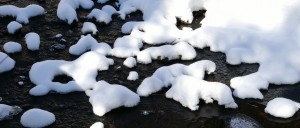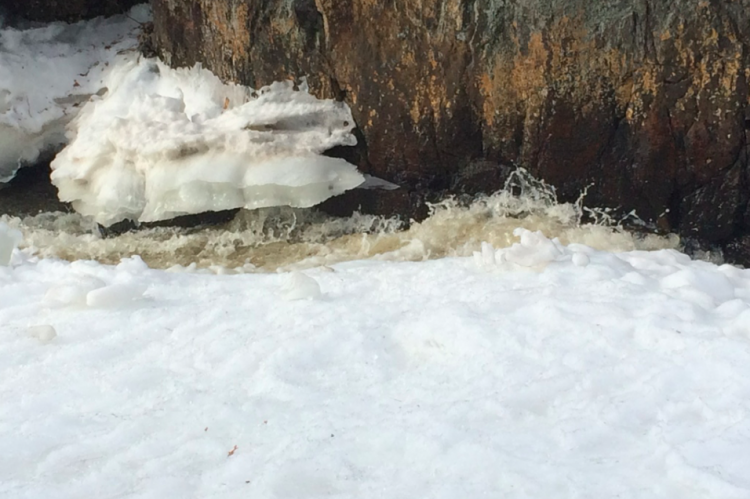Many activities could be launched to consolidate RJANP as a collective movement. As an example of the team’s long-term vision, we think it is possible to help major landowners protect 15 to 25% of the area over the next two or three years. In fact, 4.4% of the properties cover more than 10 hectares. Many large properties are located in the central areas of the watershed near Ruisseau Jackson.
Knowledge acquisition: A more in-depth study of Lac Seale’s ecosystem functionalities would help us better understand the role this marsh plays in flood water retention, nutrient absorption and sediment input reduction downstream, including the mouth of Lac Écho.
Awareness: We would like to talk to the municipal authorities about producing interpretative panels about the watershed along the edge of a cross-country ski trail.
Yes, we are ambitious!
RJANP is a promising initiative for the protection and enhancement of natural areas in a sector that is noteworthy for the quality of its natural habitats and the integrity of its ecosystems.
Conservation targets
The goal of the conservation strategy and its action plan is to protect and enhance the following elements of the watershed:
- Aquatic environments and wetlands: shallow water areas, ponds, marshes, swamps and peat bogs, prioritizing nearby areas and those adjacent to Ruisseau Jackson and the main watercourses;
- Forests: key forest environments, such as older forests, rare stands, sugar bushes and stands of conifers;
- Special-status plant and animal habitats, including threatened and vulnerable species;
- Ecosystem goods and services: ecosystem functions facilitate water regulation (quality and quantity), carbon capture and storage, air regulation (quality and climate), erosion control, pollination, supply, genetic and habitat diversity, and cultural values and services (historical, heritage, esthetic, landscape, recreation, tourism, etc).


